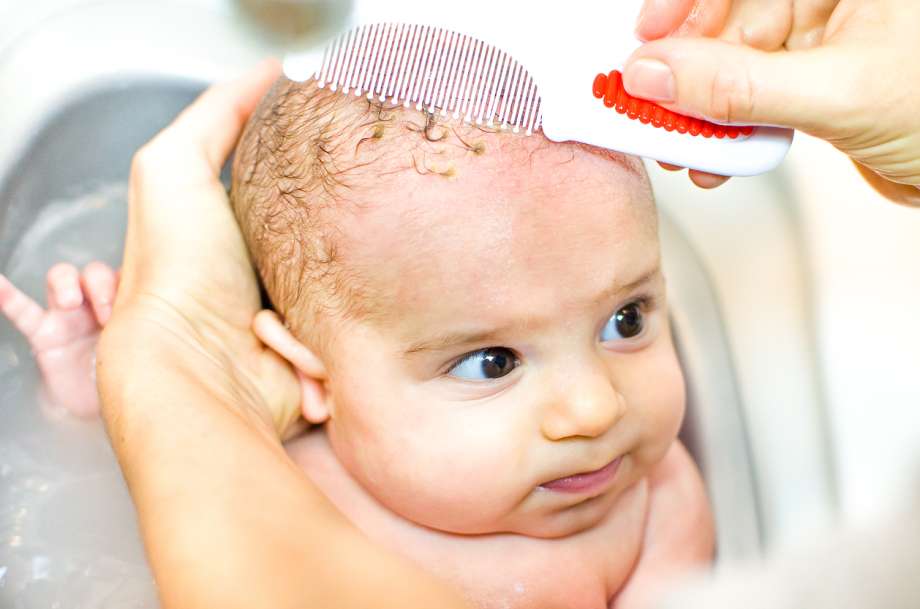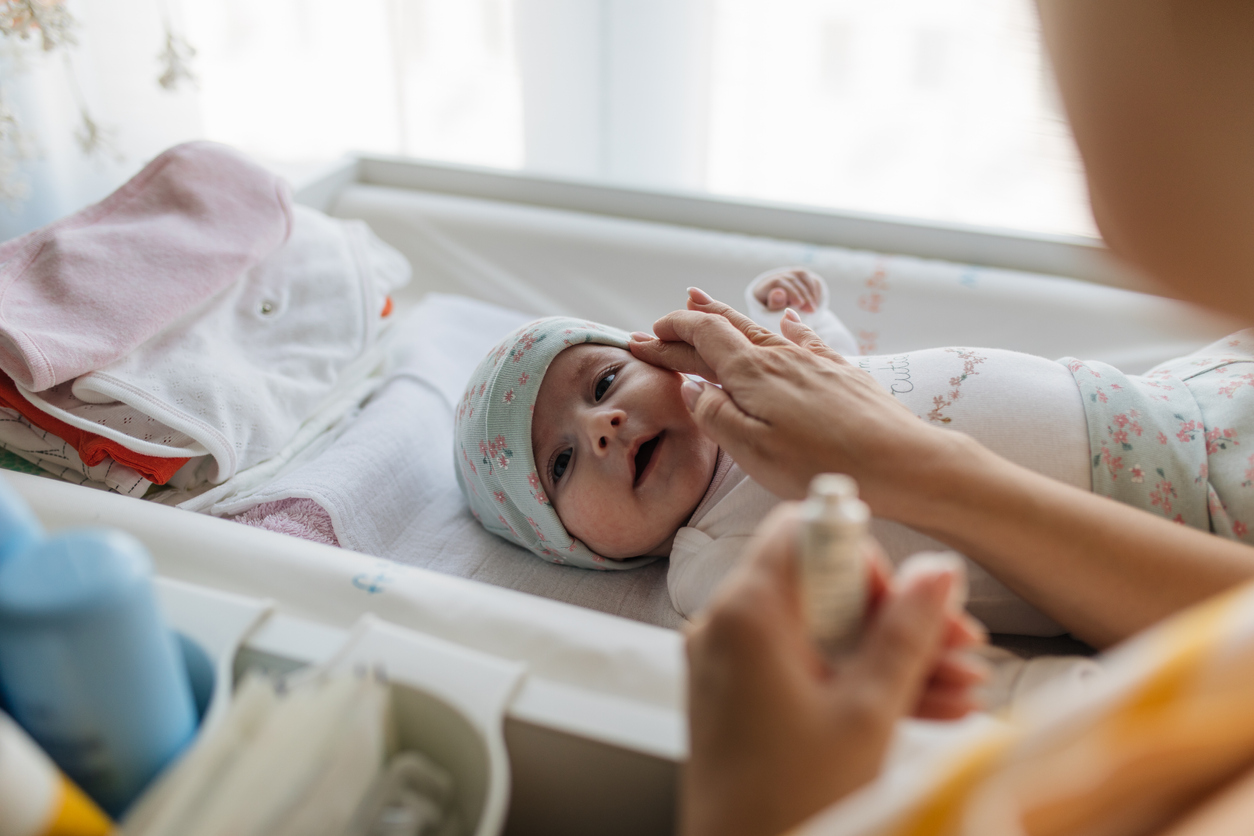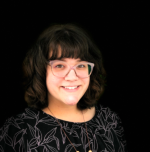How to Get Rid of Cradle Cap

Becoming a parent comes with many new challenges, from lack of sleep to fears about your child’s health. Your baby’s skin is something that you’ll also need to be looking after during this time. While rashes may be alarming, many newborn dermatological conditions are normal and not something parents need to worry about in most cases. Gentle bathing using mild baby cleansing products is usually enough to keep your little one’s skin healthy, but in the case of rashes, extra attention can be necessary.
One of the most common newborn skin conditions is cradle cap. This form of dermatitis causes yellow or white scaly patches, with red oily skin underneath. It occurs mainly on the baby’s scalp and is somewhat reminiscent of dandruff. While the condition may look uncomfortable for your child, it typically does not cause discomfort, and with proper skin care, will clear up as your baby develops.
Symptoms of Cradle Cap
Red scaly flakes and crusty patches are the main symptoms of infant seborrheic dermatitis, commonly known as cradle cap. The yellowness is often due to the presence of malassezia yeast that grows in sebum. The human body makes sebum, a combination of fatty acids, sugars, and chemicals that keep skin from becoming dried out.
Sebum is necessary for healthy skin, but an excess of this oily substance made by the body’s sebaceous glands can lead to skin problems. The glands are located in the middle layers of skin, in places all over the body with hair follicles, like the armpit.
Cradle cap may spread onto the forehead and eyebrow area but can also impact a baby’s neck, ears, skin folds and creases, their diaper area, or other parts of the body. When the crusts fall off, the skin behind often appears red and moist.
When Will Cradle Cap Go Away?

Babies are known to have soft, smooth skin, but baby rashes are very common. Many babies are born with or develop skin conditions like milia, baby eczema, baby acne, diaper rash, heat rash, and cradle cap. While there is no single cause of cradle cap, the condition can be aggravated by an excess of sebum and skin yeast, when oil glands overproduce and a buildup occurs in the affected areas. Unlike many other dermatological conditions, however, cradle cap typically tends to resolve on its own without making your baby uncomfortable. Seborrhea sometimes returns as dandruff when your child enters puberty, at which point more treatments are available.
Cradle cap can begin when your baby is as young as 2 weeks old, and typically clears up by their first birthday. According to Mayo Clinic, cradle cap often goes away on its own with regular, gentle bathing, but in more severe cases, treatment such as antifungal ketoconazole shampoo or hydrocortisone cream may be necessary to clear up the skin condition or reduce flaking. However, these treatments should only be carried out under a doctor’s supervision.
Is Cradle Cap Painful for Babies?
Cradle cap does not cause babies any pain. It usually is not itchy, either. If the condition worsens, however, an infection can occur that may lead to swelling and discomfort on your little one’s skin. Since the yellow or white scales are difficult to remove, it’s important to be gentle in cleansing them to avoid irritating the area.
Cradle cap will typically resolve on its own over time, but loosening the scales by gently cleaning the area with a soft cloth or brush can aid in the healing process. Picking or scratching can lead to an infection, which can be painful and become dangerous, so resist the urge to scrape or peel off this flaky rash on your child’s skin.
How to Get Rid of Baby's Cradle Cap
While it may be tempting to pick off cradle cap scales, this can lead to irritation and potential infection. Instead, your child’s hair can be washed daily with tear-free, fragrance-free mild baby shampoo, and you can use a toothbrush or soft brush to gently loosen the crusts, with the help of baby oil, mineral oil, or petroleum jelly. Olive oil and peanut oil should never be used, due to the allergy risk.
If these products are used before brushing, your baby’s hair should be shampooed after treatment to remove remnants. Oil helps to loosen, but should not be left on the scalp, as this stops air from reaching the skin and rash.
For more extreme cases, your child’s pediatrician can prescribe a medicated or antifungal topical treatment lotion, but this and other over-the-counter products like steroid cream, antifungal cream, or dandruff shampoo should never be used without a doctor’s recommendation.
Untreated Cradle Cap and When to Visit a Doctor
While most cradle cap rashes go away over time, occasionally they become infected or need more attention. In more severe cases of seborrheic dermatitis, watch for redness, drainage, and warmth in the area of the rash, as this can indicate an infection and the presence of staphylococcus aureus bacteria. This bacteria is always present in humans, but it can sometimes lead to serious infections. Staph infections can cause inflammation and drainage.
Also, if you are treating the cradle cap rash and it does not improve or the condition spreads, it’s a good idea to visit a healthcare professional. A lingering rash accompanied by itching may indicate another common skin condition, like eczema. Eczema is similar to cradle cap, but in addition to scaly skin, it includes redness, peeling, and pain in the impacted area. Atopic eczema also often occurs near a baby’s eyes. and it can also impact the eyelids and other parts of the face.
So if the rash you believe is cradle cap does not clear up or seems to be worsening, visiting your child’s pediatrician will help you find the right diagnosis and treatment to get things cleared up. In more severe cases, a pediatric dermatology professional may be recommended to help with treatment.
Remember, cradle cap is very common and usually nothing to worry about and will clear up as your baby develops.

